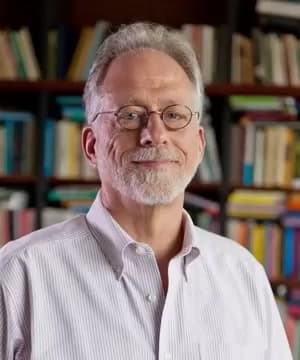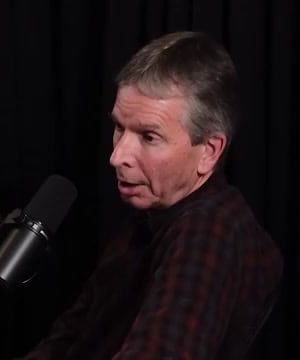Living Organism
Sources:
Living organisms have been explored from various angles by different experts. Here are some notable insights:
-
Earth as an Organism: While Earth can be poetically described as a living organism, it does not fit the biological definition of an organism. Earth systems science studies how the planet regulates itself to remain hospitable to life, but this regulation does not constitute biological evolution 1.
-
Human Body's Hierarchical System: The human body is described as a hierarchical biological system consisting of numerous living organisms working together. Each part functions locally but synergistically forms a resilient and adaptive system 2.
-
Agency and Cognitive Organization: Agency in living organisms is defined by their cognitive organization, which enables them to set goals, gather information, and make decisions. This complexity differentiates them from simple systems that operate purely on stimulus-response mechanisms 3.
-
Evolution and Natural Selection: The concept of life is deeply tied to evolution. The line between living and non-living, and thus the ability to evolve through natural selection, is crucial. Understanding evolution involves considering the dynamics that lead to the emergence of life and its continued adaptation 4.
-
Life and Death: Life on Earth has evolved through a series of mass extinctions. These extinctions, while bringing death, also enriched the environment and paved the way for new life forms to emerge, highlighting the interconnectedness of life and death in evolutionary processes 5.
-
Unique Processes: Living organisms are described as open systems that exchange energy and information with their surroundings. This allows them to maintain structure and function over time, a concept that Erwin Schrödinger highlighted in his work predicting the existence of DNA as an information carrier 6.
These perspectives underscore the complexity and interconnectedness of living organisms, from their biological processes to their role in the broader ecological and evolutionary context.
RELATED QUESTIONS-





